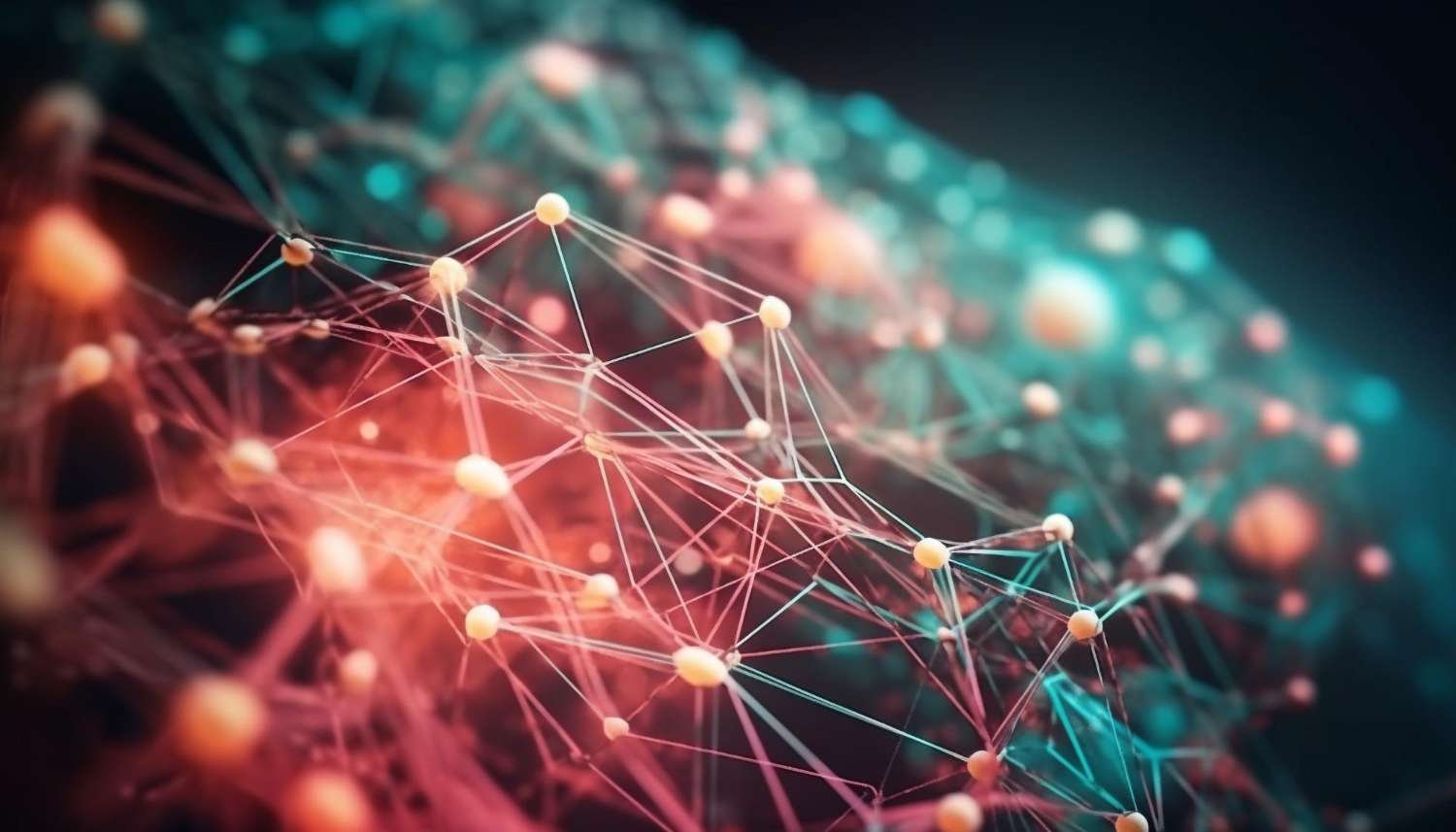In generative AI, a deep neural network is a specific tool that utilizes layered configurations of artificial neurons (or ‘nodes’) to identify patterns within data, learn from these patterns, and generate novel outputs. Such a network is ‘deep’ due to its multilayered structure, which can process complex datasets and sometimes outperform traditional machine learning methods.
How does a deep neural network work in the context of generative AI?
Deep neural networks employ an algorithmic structure called feedforward neural networks. Each node in the network processes data before passing it onto the next layer. This hierarchical structure allows the network to effectively learn from the data’s underlying patterns, enabling refined generative outputs.
In generative models, researchers often employ a specific type of deep neural network known as the generative adversarial network (GAN). The GAN consists of two sub-networks: a generator network that produces novel data and a discriminator network that assesses the quality of this data.
What are the applications of deep neural networks in generative AI?
Deep neural networks in generative AI have found a myriad of applications. One of the most common applications is in the process of generating new, synthetic data. For example, these networks can simulate authentic human faces, and handwritten digits, or convert sketches into photorealistic images.
Deep translating convolutional networks can convert low-resolution images into high-resolution. Additionally, they find utility in tasks such as speech synthesis and text generation, learning from patterns in textual data to produce natural language outputs.
What are the challenges faced by deep neural networks in generative AI?
Despite their potential, deep neural networks in generative AI face certain challenges. Firstly, training deep neural networks can be computationally intense, requiring substantial hardware resources and time. This can hamper their application in real-time scenarios or on devices with limited computational capacity ⚙️.
Another challenge is the black-box nature of these networks. This implies that while the output is observable, comprehending the exact mechanisms behind its generation is often difficult. This characteristic can pose problems concerning the interpretability and transparency of such AI systems.
What’s the future of deep neural networks in generative AI?
Deep neural networks hold great promise in generative AI. Ongoing research will likely lead to more efficient architectures, lowering computational demands and enhancing interpretability. Ultimately, these advancements will facilitate the broader application of deep neural networks in generative AI.
Furthermore, as generative AI becomes more widely adopted, deep neural networks will likely play a key part in driving this technology forward. An example of this can be seen in the Fundamental Elements of a Deep Neural Network in Generative AI, highlighting the crucial role these networks play in the capabilities and development of generative AI.
Conclusion
In conclusion, a deep neural network in generative AI is a powerful tool capable of learning complex patterns within data and generating novel outputs. While challenges exist in terms of computational requirements and interpretability, the potential applications and benefits of these networks make them an increasingly important area within generative AI.
Going forward, advancements in research and development will likely drive increased efficiency and broader application of deep neural networks in the field.
- The Agentic Startup Manifesto - June 8, 2025
- Remote Hiring in 2025 - April 5, 2025
- Burnout in Remote Teams: How It’s Draining Your Profits - January 27, 2025
